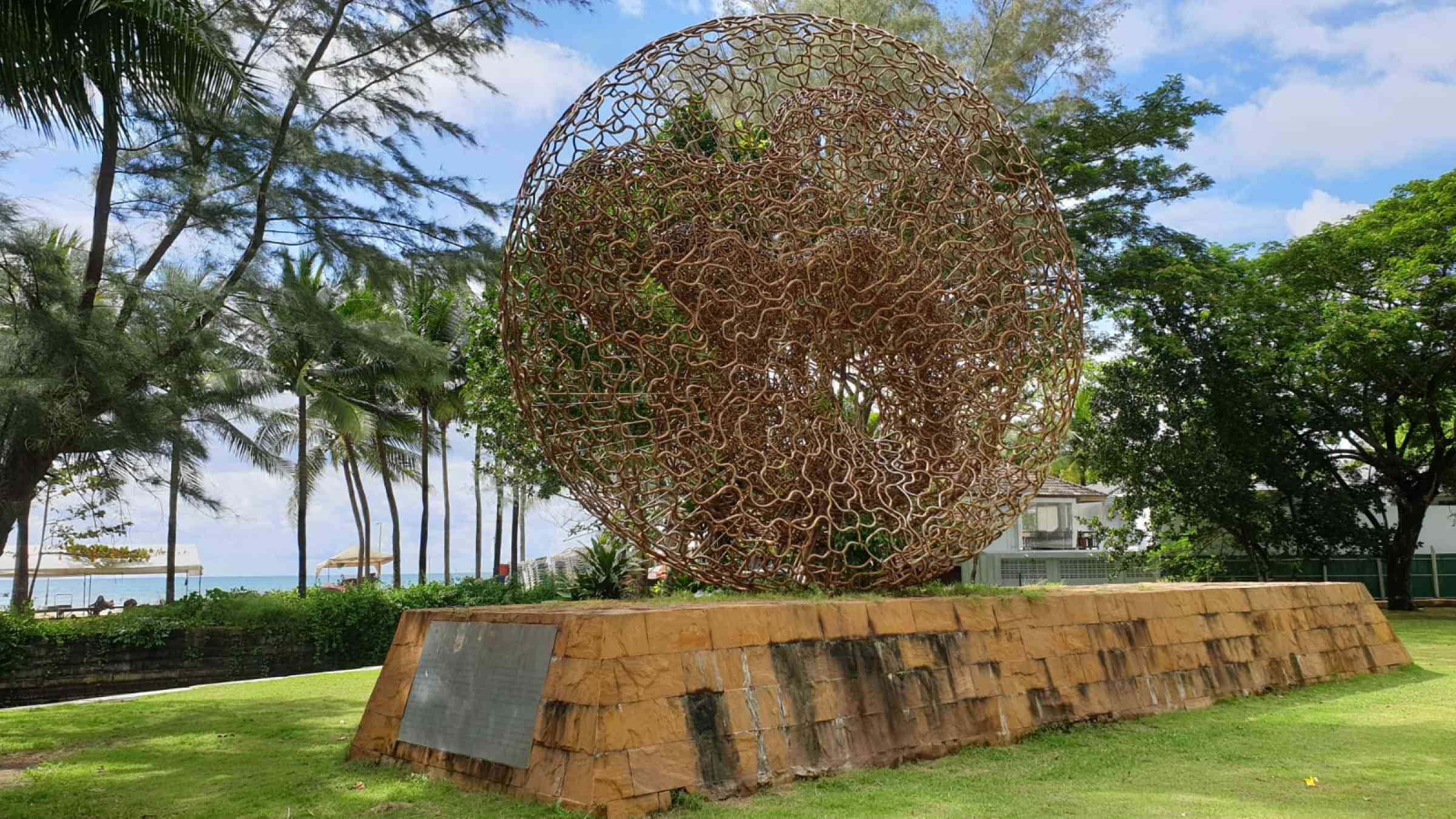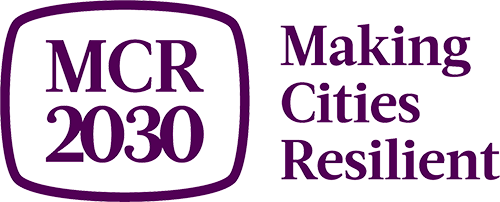Asia-Pacific commemorates World Tsunami Awareness Day with a focus on inclusive risk governance

In the past two decades, earthquakes and tsunamis were the deadliest form of disasters accounting for 58% of total disaster deaths, according to the Human Cost of Disasters report, released this year by the UN Office for Disaster Risk Reduction (UNDRR). During this time, the 2004 Indian Ocean Tsunami was the single largest disaster by death toll, resulting in the deaths of 226,400 people in twelve Asian and African countries.
While the physical damage caused by the tsunami has been all but erased, its influence on disaster risk reduction, and disaster preparedness planning more specifically, continues to today.
In line with the theme for the 2020 International Day for Disaster Risk Reduction, this year’s theme for World Tsunami Awareness Day (WTAD), which was observed on the 5th of November, was also around disaster risk governance and planning.
In Asia-Pacific, the different dimensions of this theme were explored in a number of events and products that were co-led or published by the UNDRR Regional Office for Asia and the Pacific.
Overshadowing this year’s commemoration of WTAD was the ongoing COVID-19 pandemic, which has challenged national and local planners to recognize the complexity of disaster risks and reconsider how they prepare for disasters, including tsunamis.
Speaking at a regional WTAD commemoration event, co-organized by UNDRR and the UN Economic and Social Commission for Asia and the Pacific (ESCAP) on 5 November, Ms. Armida Salsiah Alisjahbana, UN Under-Secretary-General and Executive Secretary of ESCAP, said:
“COVID-19 is an important reminder that risks are not local but can cascade to other parts of the system – social, economic and environmental. Therefore, managing risks and raising resilience across all the seventeen SDGs holds the key for a sustainable recovery.”
This point was elaborated by Mr. Animesh Kumar, Officer-in-Charge and Deputy Chief of the UNDRR Regional Office for Asia-Pacific, who said:
“Disasters can occur simultaneously or cascade, resulting in dual and compounded impacts. Further, increased vulnerability at the community level due to COVID-19 can exacerbate the impact of tsunamis in the near future. This requires us to adopt a more inclusive risk governance approaches to break the silos between departments and sectors.”
To aid local authorities and school administrators plan for this compounded impact, the UNDRR Asia-Pacific Office and the Bangkok Regional Hub of the United Nations Development Programme (UNDP), published a guide and checklist on 5 November to help schools amend their tsunami evacuation plans to account for COVID-19. The launch of the guide was promoted through a UNDRR video on social media that was widely viewed.
Beyond schools, planning at the community-level also received considerable attention this year as the Intergovernmental Oceanographic Commission of the UN Educational, Scientific and Cultural Organization (UNESCO-IOC) partnered with UNDRR to organize a WTAD webinar for Indian Ocean Island States to encourage the adoption of the Tsunami Ready programme.
Developed by UNESCO-IOC as a voluntary recognition program, Tsunami Ready is an international performance-based initiative that facilitates community preparedness for tsunamis. At present, 26 communities in 10 countries have received this recognition, mostly in the Caribbean.
In August 2020, the villages of Venkatraipur and Noliasahi in the Indian state of Odisha became the first communities in the Indian Ocean region to obtain the Tsunami Ready recognition.
The topic of the webinar took on increased significance in the aftermath of the 30 October earthquake that impacted Turkey and Greece and caused a tsunami that flooded streets in the city of Izmir in Turkey.
“We pray for those who have suffered and wish them the strength to overcome this tragedy, and let us take this recent event as a continuous reminder of the importance of being Tsunami Ready communities,” said Professor Shahbaz Khan, Director and Representatives of the UNESCO Office in Jakarta, Indonesia.
Underpinning proper planning and tsunami preparedness is the need to first understand risk. In support of this, UNDRR Asia-Pacific partnered with ESCAP to publish on WTAD an infographic that highlights the exposure risk faced by several countries around the Makran Subduction Zone, which was the cause of a deadly tsunami in 1945.
This advocacy tool was complemented by a series of social media videos produced by the UNDRR Asia-Pacific Office, which captured the perspective of planners at the national, provincial and community levels, who organized a school tsunami evacuation drill in the island of Phuket, Thailand, in addition to the impressions of the students who received the training.
The involvement of various actors at different levels is necessary for proper preparedness planning and to ensure alignment between local and national plans, including the national disaster risk reduction strategy, in line with Target E of the Sendai Framework.
This point was emphasized by Mr. Tanabodi Krongyuti, a Director at Thailand’s National Disaster Warning Center, who supervised the tsunami drill and noted that:
“The school evacuation plan is in line with the national strategy - the national plan for disaster prevention and mitigation - provincial-level plan and the community-level plan.”
While tsunamis are rare events, they are the deadliest and costliest hazards when they do happen. That is why it is critical that the region invest, not only in strengthening education and community preparedness to close the ‘last mile’ of early warning systems, but also increase investment in resilient infrastructure, regional joint planning, and multi-stakeholder risk governance systems.
Combined together, these measures will not only save lives but also reduce the economic costs, when a tsunami does occur.

